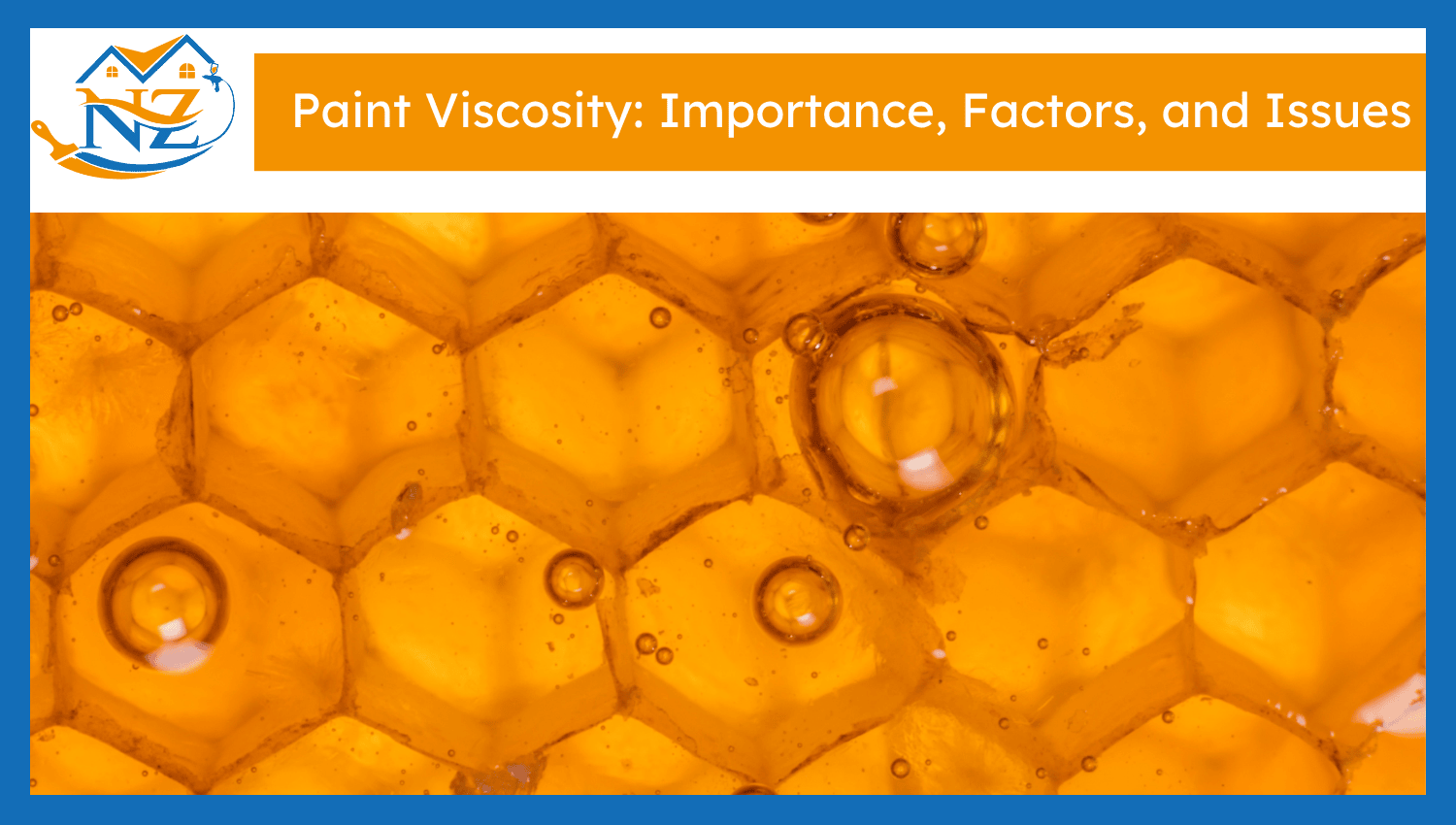

Paint viscosity is the resistance of paint to flow, depending on its internal friction. Unlike paint density, which is a measure of particles per unit volume, viscosity is how thick or thin a paint is. High-viscosity paints (oil-based) consist of pigments, solids, and thickening additives for a smooth finish. Low-viscosity paints (water-based) flow easily and contain water as their primary solvent. Preparing the right paint thickness is important for long-lasting results. Too high viscosity causes visible brushstrokes, and highly runny paint leads to frequent sagging.
Here is why understanding viscosity is important before paint application:
Here are the factors that influence paint viscosity:
Here is how to measure paint viscosity:
Here are the common viscosity issues and ways to solve them: